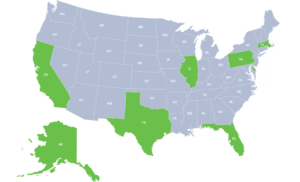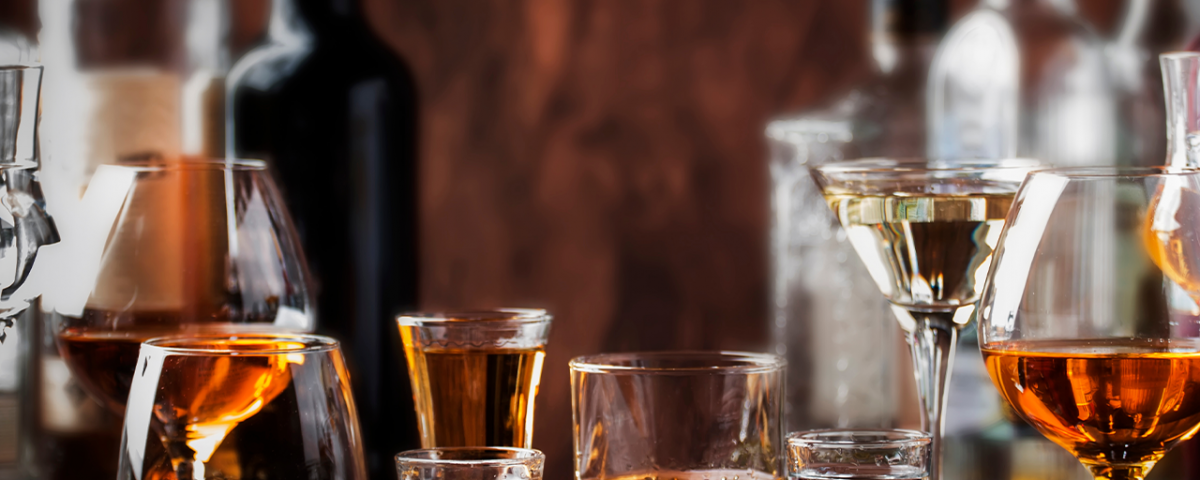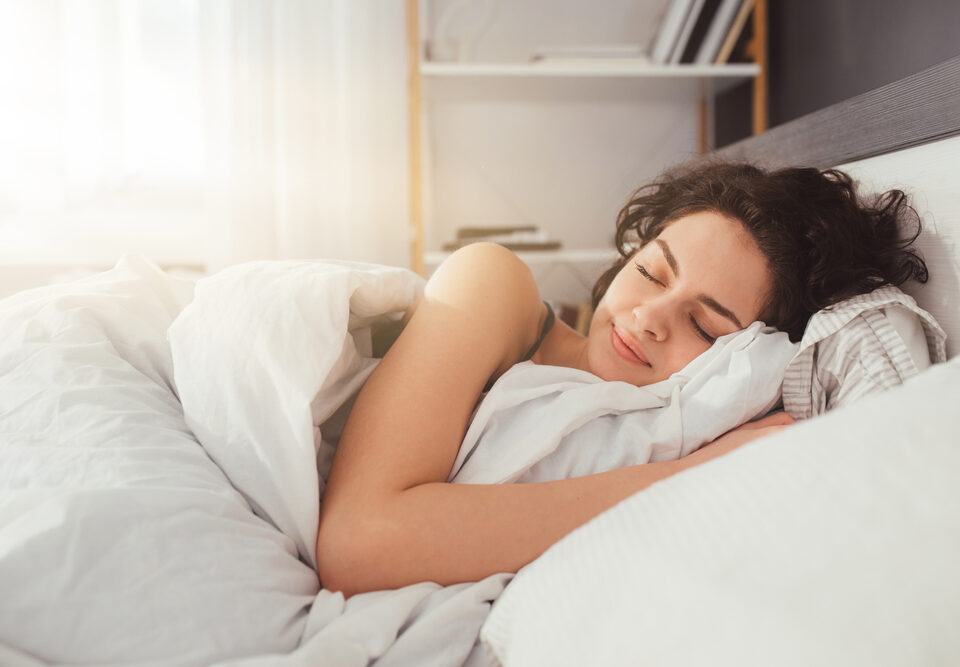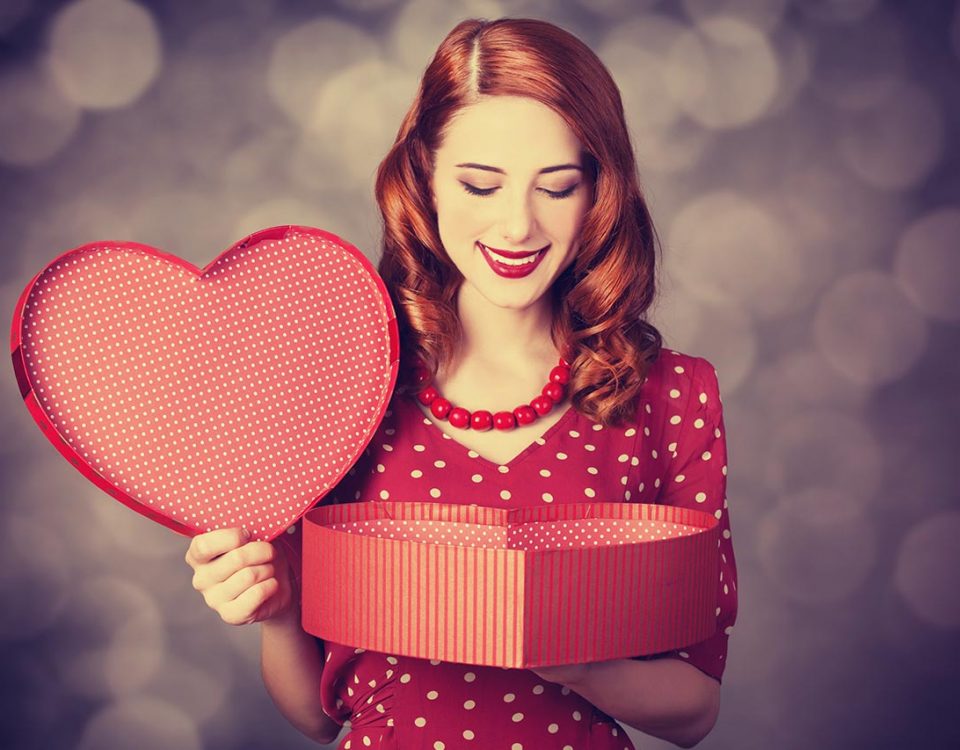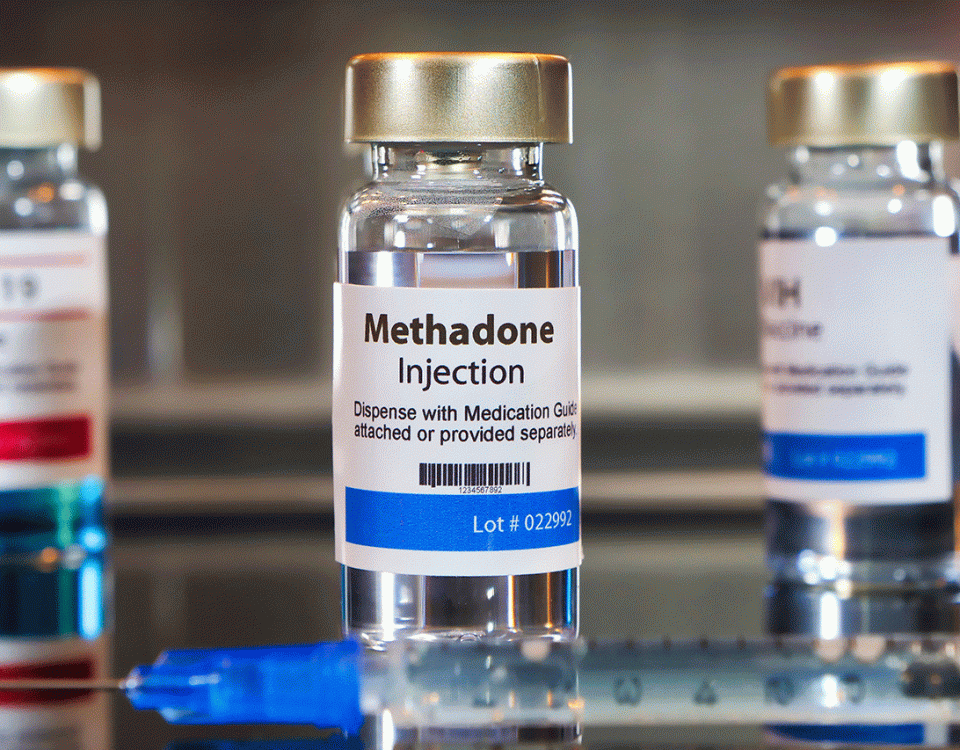As legal and accessible as alcohol is, our Pompano Beach drug rehab is more than familiar with the dangerous side effects of alcohol abuse. As one of the most addictive drugs in the world, alcoholism is one of the leading problems this nation faces today. According to research, approximately 15 million people in the U.S. suffer from alcohol use disorders.1 While no alcoholic beverages are considered “safe,” below are some of the most dangerous alcoholic drinks in the world.
Top 10 Strongest Alcohol in the World
While the dangers of alcohol abuse are well-known, statistics show that alcohol consumption continues to rise. As reported by the Centers for Disease Control and Prevention, 10,000 people die every year due to drunk driving accidents in the U.S.
As we mentioned, no alcoholic beverage is considered to be safe, but drinks like beer, hard ciders, and wine tend to be lower in alcohol content, and intoxication is therefore considered to be easier to avoid. In contrast, there are plenty of strong alcoholic beverages that contain high levels of alcohol and can cause severe impairment in small amounts.
The world’s most dangerous alcoholic drinks include Absinthe, Bacardi 151, Changaa, Everclear, Death in the Afternoon, Four Lokos, Jungle Juice, Knockeen Hills, Moonshine, and Spirytus Rektyfikowany.
Absinthe
Commonly referred to as the “green fairy,” absinthe was banned in the U.S. from 1915 to 2007. Absinthe got its nickname from the hallucinations and other perception-impairing side effects it produces.
Trace amounts of the chemical thujone were thought to be responsible for absinthe hallucinations, during which users reported seeing a small green fairy, hence the nickname. However, with further research, the appearance of the green fairy was discovered to be exaggerated, although the disruption in users’ perception was very real.
Absinthe is typically produced as a 90 to 146-proof liquor, while 12 ounces of beer contains about 10 proof or 5 percent of alcohol, and 5 ounces of wine contains 24 proof or 12 percent of alcohol. As you can see, absinthe contains significantly higher concentrations of alcohol than the average drink.
Bacardi 151
Bacardi 151 was a highly alcoholic rum that was discontinued in 2016. It was named after its alcohol content – a level of 151 proof, or 75.5 percent of alcohol by volume.
Typical rum usually contains around 35% to 40% of alcohol by volume, which, although high, is significantly lower than Bacardi 151’s alcohol percentage. Not only did this high concentration make this drink stronger, but it also made it more flammable.
As a result, Bacardi 151 was often used in drinking involving fire, such as “flaming shots.” The drink’s flammability was so high that Bacardi 151 bottles came with warning labels advising against using the drink for any fire-related drinks.
Despite the warning label, Bacardi 151 was banned for its high alcohol content and flammability.
Changaa
Changaa, or Chang’aa, is an alcoholic drink that comes from Kenya and translates to “kill me quick.” This is a popular and traditional home-brewed spirit in Kenya.
This drink is extremely potent and made by fermenting and distilling the grains millet, maize, and sorghum. Changaa was illegal for many years in Kenya until the ban was lifted in 2010.
The alcohol content of Changaa ranges from 28.3% to 56.7% of alcohol per volume. Also known as the “poison brew,” Changaa is known for producing adverse side effects like blindness, intoxication, and more.
[Text Wrapping Break]It’s also been linked to numerous deaths in Kenya. This is due in part to the fact that Changaa is sometimes mixed with other toxic substances like jet fuel and battery acid. The water used to make Changaa is also often full of bacteria, dirt, and other harmful toxins, even in breweries. [Text Wrapping Break]
Everclear
Everclean is a grain alcohol that’s usually sold in 190 proof, double the alcohol content of most liquors, which usually sit at 80 proof or contain 40% of alcohol. Due to the adverse effects linked to Everclear’s high alcohol content, some U.S. states have prohibited the sale of 190-proof liquor, including California, Florida, Washington, North Carolina, Maine, New York, Nevada, Massachusetts, Hawaii, Iowa, Michigan, Ohio, New Hampshire, and Minnesota.
In response, Luxco, the manufacturer of Everclear, began to distribute 189 proof Everclear to bypass these laws. Additionally, because this drink is undiluted and contains 92.4% pure ethanol (alcohol), it’s also used as a household cleaner and disinfectant.
To give you an even better idea of why Everclear made it to the list of hardest alcohols, a cocktail containing one or two shots of the drink would be enough for a person to reach extreme intoxication.
Death in the Afternoon
The name speaks for itself. Also called “The Hemingway,” Death in the Afternoon was created by well-known writer Ernest Hemingway. While the book of the same name is celebrated for its description of bullfighting, the drink is a whole other subject.
The drink, Death in the Afternoon, is a dangerous cocktail created by Hemingway that’s made of absinthe and champagne. This drink first appeared in So Red the Nose or - Breath in the Afternoon, a 1935 book of cocktail recipes from 30 famous authors.
Considering that absinthe was especially popular in Europe, it’s understandable why it’s believed that Hemingway invented the drink after he tried absinthe in Paris. It’s also important to know that Hemingway was a prolific drinker and, considering his written advice about drinking four to five Death in The Afternoon’s slowly in one day, we can safely say that this is a not-so-safe drinking habit.
Four Lokos
A Four Loko is a malt beverage and the most accessible among these strong alcoholic drinks. Usually found at gas stations or convenience stores, Four Lokos were temporarily banned in several U.S. states when it was first released due to the combination of alcohol and caffeine it contained.
At the time, many argued that marketing for this drink was deceitful in its appearance and made younger populations believe it was an energy drink. In response, the company removed caffeine from Four Loko’s ingredients in 2010.
One Four Loko contains the equivalent of six standard servings of alcohol. The University Health Services Director at Harvard University urged the public to be especially cautious about this particular drink.
Jungle Juice
Jungle Juice is more of an idea rather than a legitimate recipe. A common jungle juice recipe is to mix various liquors with fruit juice like Hawaiian Punch.
Jungle Juice is generally a beverage that’s high in sugar as well as alcohol, which can have various harmful side effects. In addition to alcohol’s adverse effects, consuming high amounts of sugar can also cause problems like high blood pressure, inflammation, weight gain, fatty liver disease, diabetes, and more.
The intense sweetness of Jungle Juice can also mask the high level of alcohol in the drink, which can enable consumers to drink more alcohol than is safe, which could result in alcohol poisoning.
Knockeen Hills
Knockeen Hills is next on our list of most dangerous alcohol drinks. This one is an Irish spirit that’s called poitín, which contains 40 to 90% ABV.
Former common names for poitín were Irish Moonshine and Mountain Dew. Eventually, Knockeen Hills, a family-owned business, created a similar spirit in 1996.
Interestingly, like moonshine in the U.S., poitín was made illegally for years. The drink was even banned as early as the 1660s due to its high concentration level.
Moonshine
Speaking of moonshine, it’s one of the most well-known and dangerous alcoholic drinks on our list. The name of this drink is derived from the time of day it’s commonly produced to avoid legal detection: nighttime.
Although states have lifted moonshine bans throughout the years, it’s still illegal to brew this liquor within a personal residence. Although strictly controlled and containing less alcohol than Prohibition-era moonshine (63 proof to 190 alcohol proof), moonshine today contains 60 to 120 proof, which is still a lot of alcohol.
Additionally, while it’s strictly controlled in the U.S., commercial moonshine still has a high alcohol concentration, and illicitly manufactured moonshine is still prevalent and remains very dangerous as the alcohol content, as well as production, are not strictly monitored. In fact, many people experience problems like moonshine blindness and methanol poisoning from toxic batches.
Spirytus Rektyfikowany
Spirytus Rektyfikowany is a type of vodka that originates from Poland. This is a rectified spirit with an astonishing 96% ABV, which is even higher than Everclear’s ABV. Even so, Spirytus Rektyfikowany continues to be used as a mixer and as a base for various drinks.
Get Help for Alcohol Abuse Today
With all of the dangerous alcoholic drinks out there and various methods of drinking, it’s understandable why millions of people struggle with alcoholism every year. If you or someone you know is part of this population, our Pompano rehabilitation center can help.
We offer alcohol addiction treatment that incorporates various psychotherapy programs and even family counseling to help clients recover their physical and mental health as well as any broken relationships with their loved ones. Our facility also offers treatment in various levels of care, such as IOP and PHP, to ensure that clients receive individualized care that meets their needs.
If you want to find out more about our Pompano addiction treatment, our specialists are on standby and ready to help. Call Banyan Treatment Centers today at 888-280-4763 to speak with an addiction expert today.
Sources:
Related Reading:


